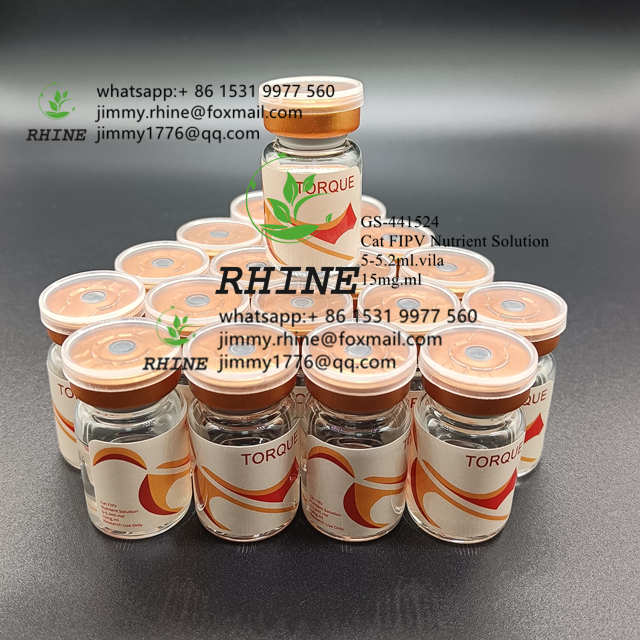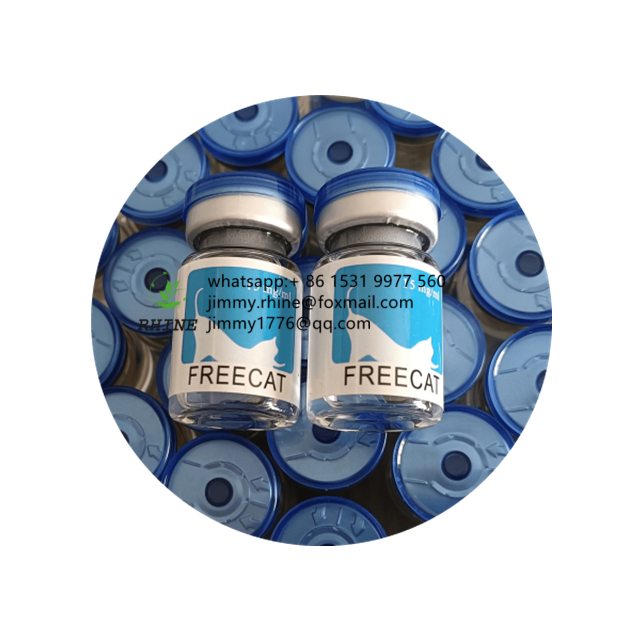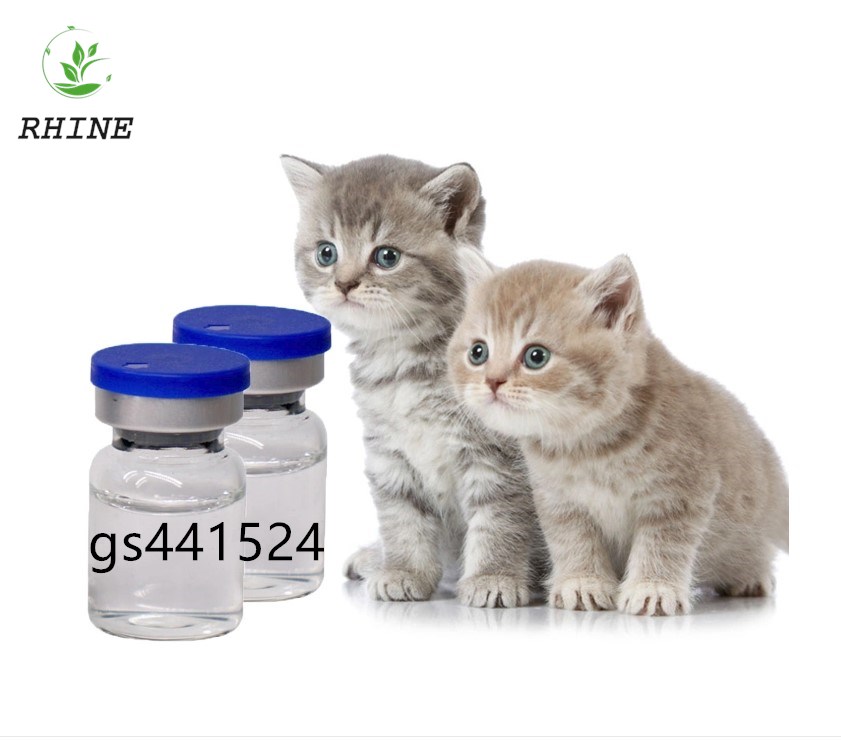Chinese cabbage is widely cultivated in China, but spring cultivation is prone to convulsions, summer rot, disease, and heavy insect pests. The cultivation techniques are introduced as follows:
1. Determine the suitable seedling age Chinese cabbage leaf ball generally consists of 35-70 leaves. The differentiation of these leaf primordia is completed approximately when 8 true leaves are unfolded. The development of 8 true leaves takes about 1 month in the spring. If the seedling period is too long, the survival rate of planting in the field will decrease; if the leaf is not transplanted, it will affect the differentiation of leaf buds, leading to premature formation of flower buds and convulsions. After 30 samples, the number of leaf leaves of "Spring and Summer King" varieties was between 48-59 leaves. This not only reduces the survival rate caused by the long seedling period, but also avoids the number of leaf blades with sufficient short-term growth and differentiation.
2, strengthen the field management spring broadcast Chinese cabbage field management is different from autumn cultivation, the whole process emphasizes a "guarantee" word. 3.1 Nursery bed bed soil coordination is to seek "fat", "warm", "fine", "song". It adopts 2/3 non-cross-flower garden field soil, 1/3 decomposed manure fertilizer, 0.2% diammonium nutrient soil formula, and sieved bed, which lays a good foundation for cultivating strong seedlings. 3.2 All the film mulching techniques are used for planting. 4,000 kg of farmyard manure per mu, 15 kg of diammonium, and plant spacing 0.50.4 m. 3.3 After planting the water, wait until the ground sees the wet and immediately dry the seedling water. There is no seedling during the whole growth process. Keep the field dry and dry. After 1 month of planting, the urea is chased once, 10-15 kg per mu.
3, pest control This test was only investigated in the first phase of soft rot (April 8 seedlings, planting on May 10), mild occurrence, the second phase and the third phase almost no such phenomenon. It was controlled by a spray of agricultural streptomycin 150 mg/kg. The incidence of downy mildew appears to be lighter before and after. It can be controlled by using 600-800 times of mancozeb or 400 times of spray.
Disclaimer: Some articles on this website are transferred from the Internet. If legal rights of third parties are involved, please inform this website. phone
Feline Infectious Peritonitis (FIP), referred to as Feline Infectious Peritonitis (FIP), is a fatal abnormal immune response that occurs in cats. It is caused by the mutation of the feline coronavirus carried by cats. As a high-incidence and fatal disease of pet cats, the current incidence of feline abdominal transmission is about 10%.

The symptoms of cats are usually divided into two categories, namely wet FIP and dry FIP, of which wet FIP accounts for the majority of all cases. About 70%, manifested as abdominal pleural effusion, abnormal bulging; dry FIP cats have different symptoms, depending on the type of organ affected by the virus.

So far, all feline feline feline treatments are based on the characteristics of the disease, and GS-441524 can play a role in the treatment of feline feline disease. Therefore, the therapeutic effect of GS-441524 is obviously more ideal, the dose used is less, the treatment cycle is shorter, and the efficacy, safety and convenience of operation are all good. Because of this, GS-441524 is considered by many pet owners and veterinarians to be a magic medicine that can effectively treat feline abdominal infection.

Gs 441524 Fip,Fip Treatment Gs441,Gs 441524 Fipv Cats,Gs 441524 For Fip
XI AN RHINE BIOLOGICAL TECHNOLOGY CO.,LTD , https://www.rhinebiotech.com
